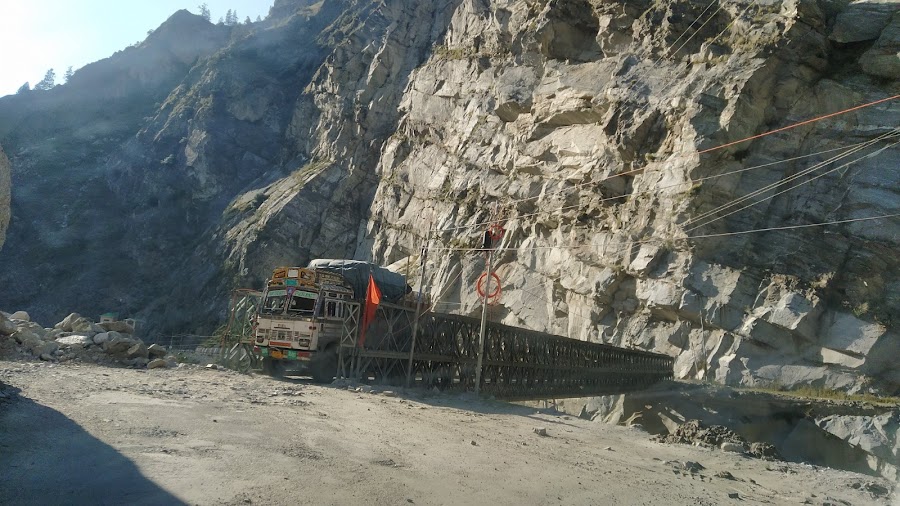
Kilba Village
Sangla, India
- Enjoy the peaceful atmosphere.
- Explore traditional Kinnauri houses.
- Interact with local villagers.
- Photograph the scenic landscapes.
- Trek to nearby viewpoints.
- Visit nearby Kamru fort.
- Visit the local apple orchards.
Known for:
Description:
Kilba Village, nestled in the picturesque Sangla Valley of Himachal Pradesh, India, offers a serene escape from the hustle and bustle of city life. Characterized by its traditional Kinnauri architecture, the village presents a captivating glimpse into the local culture and lifestyle. Explore the intricately carved wooden houses, wander through apple orchards laden with fruit, and interact with the warm and welcoming villagers. The surrounding landscape is dominated by towering snow-capped peaks, lush green valleys, and the gurgling Baspa River, making it a paradise for nature lovers and photographers. Kilba is a perfect base for exploring other attractions in Sangla Valley, such as the Kamru Fort and the Bering Nag Temple. The tranquil atmosphere and stunning scenery make Kilba Village a truly unforgettable experience.
History:
Historically, Kilba Village, like other villages in the Sangla Valley, has been influenced by both Tibetan and Indian cultures. The region was once part of the larger Western Tibetan kingdom of Guge before coming under the influence of various local rulers and eventually becoming part of British India. The villagers have traditionally practiced a blend of Hinduism and Buddhism, evident in their religious practices and architecture. The village's economy has always been centered around agriculture, particularly apple cultivation. Over time, Kilba has retained much of its traditional character, offering visitors a glimpse into a way of life that has remained largely unchanged for centuries. The preservation of its cultural heritage makes Kilba a significant historical and cultural site within the Sangla Valley.